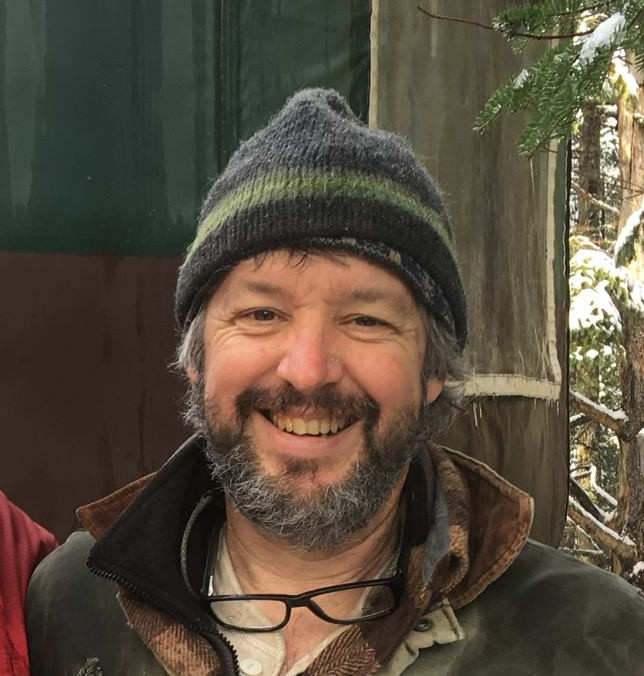
Although numerous marine species depend on seaweeds for food and shelter, seaweeds in Maine are chronically understudied.
Very little is known about which seaweed species are in Maine, if any of them are endangered, and the distribution of invasive species. We hope to change that with this project.
Seaweeds in Maine
The Gulf of Maine is rapidly changing. The gulf is warming and Maine’s sea life, including seaweed, is being affected. However, very little is known about which seaweed species are in Maine, if any of them are endangered, and the distribution of invasive species. As Maine adjusts to a changing climate, it is vitally important that biologists and policymakers have access to baseline data on seaweeds. Without a clear picture of Maine’s marine species and ecosystems, we won’t know how to protect them in the future.
To address this need, the Seaweeds of Maine project will:
- Bring together all the existing data on Maine seaweeds, fill in any data gaps with carefully planned surveys, and make those data available to the public for free.
- Create seaweed identification keys that are easy to use without high-tech equipment or prior knowledge of seaweed identification.
- Publish a user-friendly, photographic field guide as a tool to encourage interest and understanding of Maine seaweeds.
Project Details
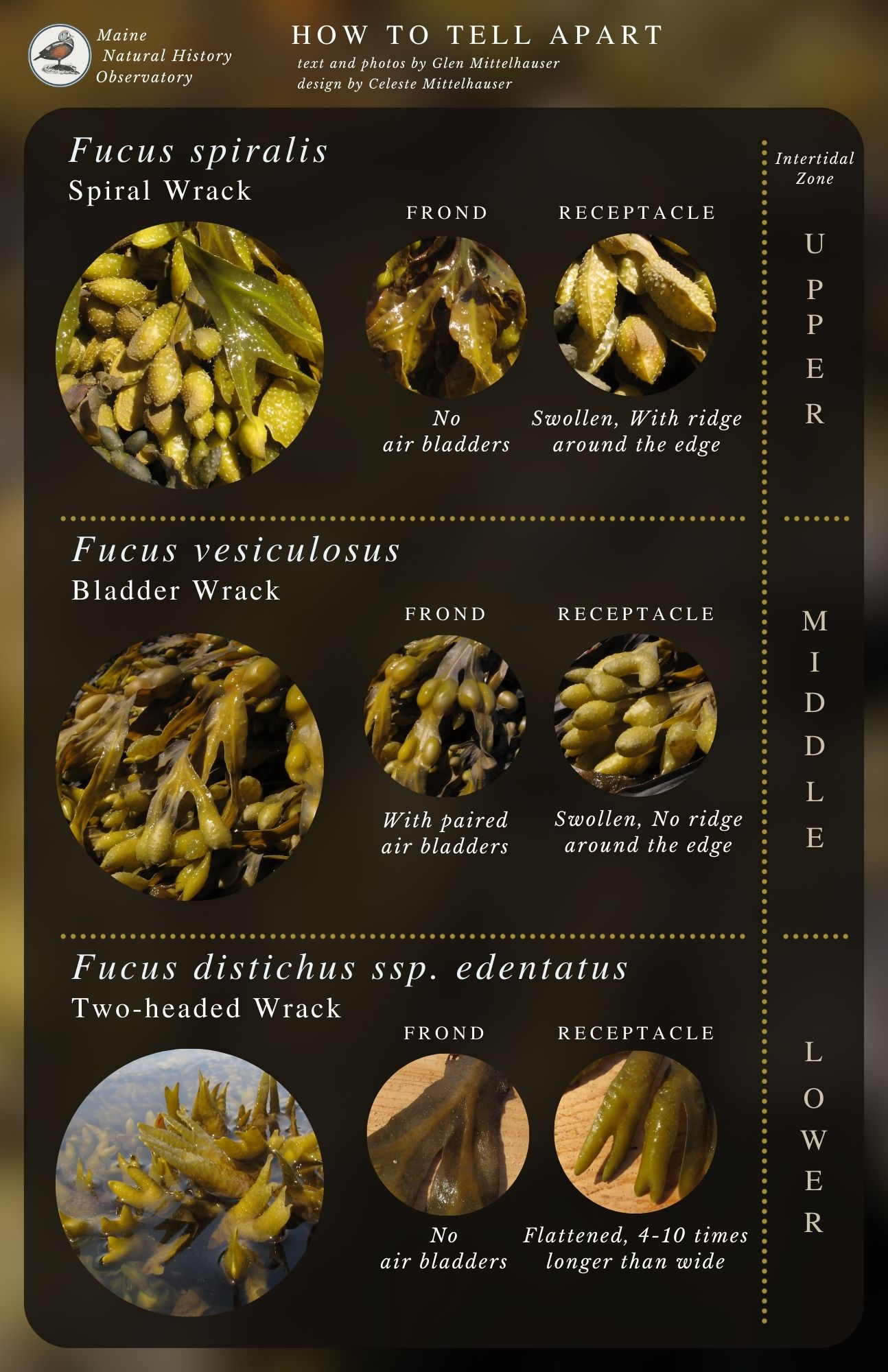
(Subscribe to the Observer field journal
for more ID guides that look like this)
MNHO is in the early stages of producing a user-friendly, semi-technical field guide to the seaweeds of Maine aimed at making seaweed identification simple for outdoor enthusiasts and experienced biologists alike. This project is in collaboration with local artist and seaweed naturalist Jordan Chalfant (more info).
The guide will feature a key to identification that is complete and specific enough to be useful to phycologists and professionals in the seaweed industry, but simple and clear enough to be easily usable by casual learners. The guide will include background information on seaweeds in Maine, descriptions of each species with an emphasis on characteristics that are simple to distinguish, updated taxonomy reflecting recent phylogenetic work, habitat, and, when possible, distribution and regional abundance.
The guide will also feature numerous visual components to aid identification including color photographs (both in the field to provide context and submerged with a neutral background to illustrate form), scans of pressed specimens, line drawings to isolate details, and paintings to capture features that define each species and exemplify the aesthetic of seaweeds.
Substantial preliminary work and collaboration with other seaweed researchers is necessary to lay the groundwork for this guide. Our first goal is to connect with local experts and archives to develop a database of historic seaweed records including herbarium specimens, historical references and reports, and observations. The second goal is to conduct fieldwork to create a current inventory of Maine seaweeds including a library of digital photos for each species. Once that phase of the project is completed, our focus will be building the field guide with the intent of peer review before sending it out for publication. We estimate this project will take 5-10 years to complete.
Get Involved
Do you have experience identifying and photographing seaweeds or have an interest in learning? MNHO needs motivated citizen scientists to help with this project. Contact jordan@mainenaturalhistory.org for more information on how you might be able to get involved.
Funding
MNHO is actively looking for funding for the preliminary stages of this project: building a database of current taxonomy and synonymy of Maine seaweeds and conducting fieldwork in Washington and Hancock Counties to build complete species lists and collect photos. If you are interested in supporting this project financially or have other ideas for funding opportunities, please contact us.
Project Leads
Latest
Project Updates
Recent Facebook Posts
Stay Connected
Follow the progress of this project through our newsletter or on social media
Tools & Resources
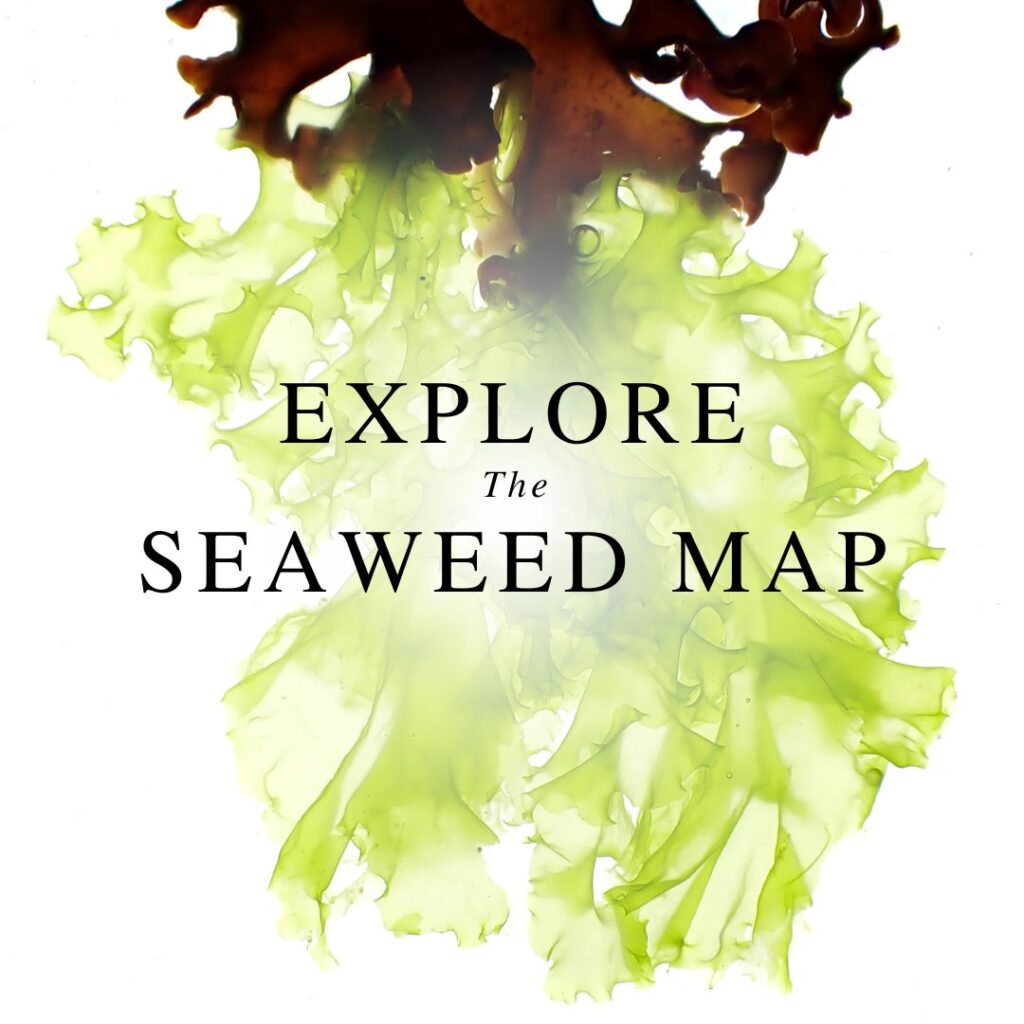
Seaweed Map
Interactive map to explore the distribution of seaweed species in Maine.
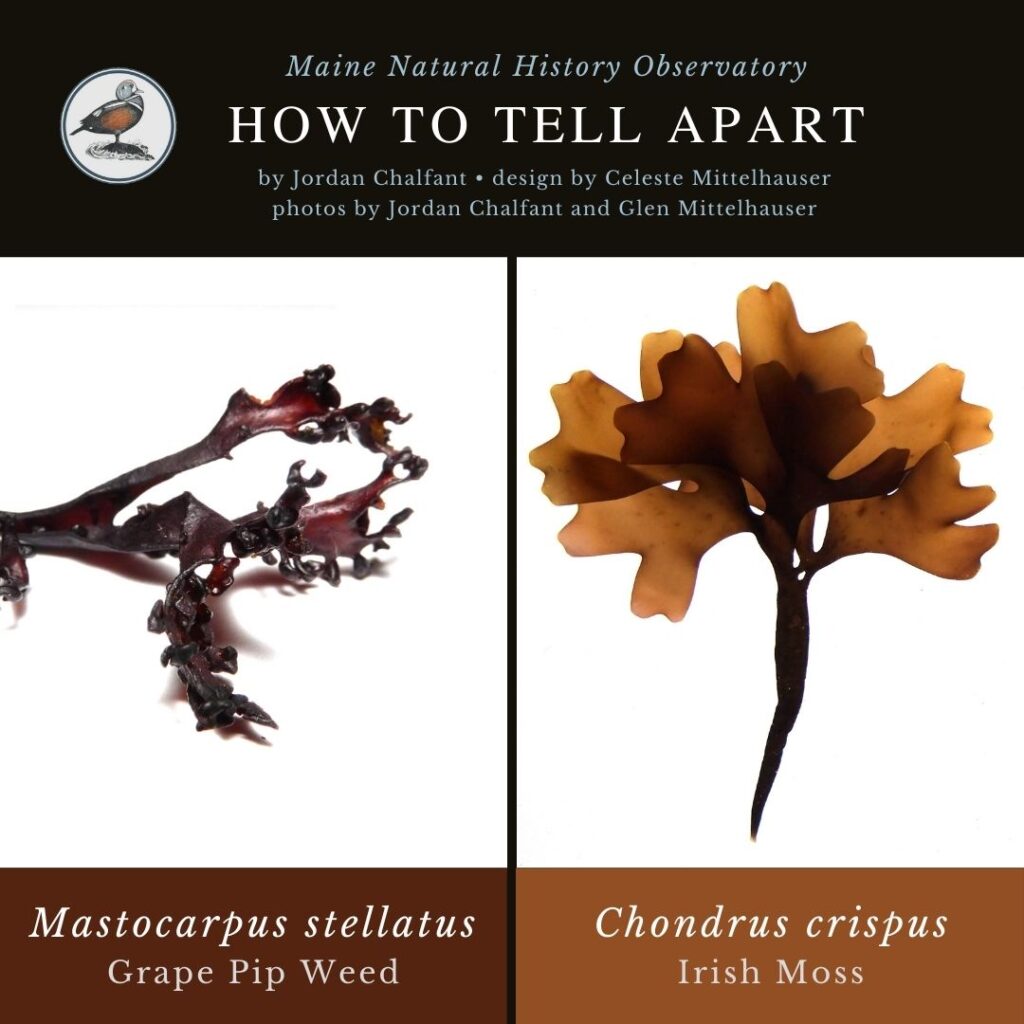
Seaweed Mini-guides
Free mini-guides for how to tell apart seaweed species.
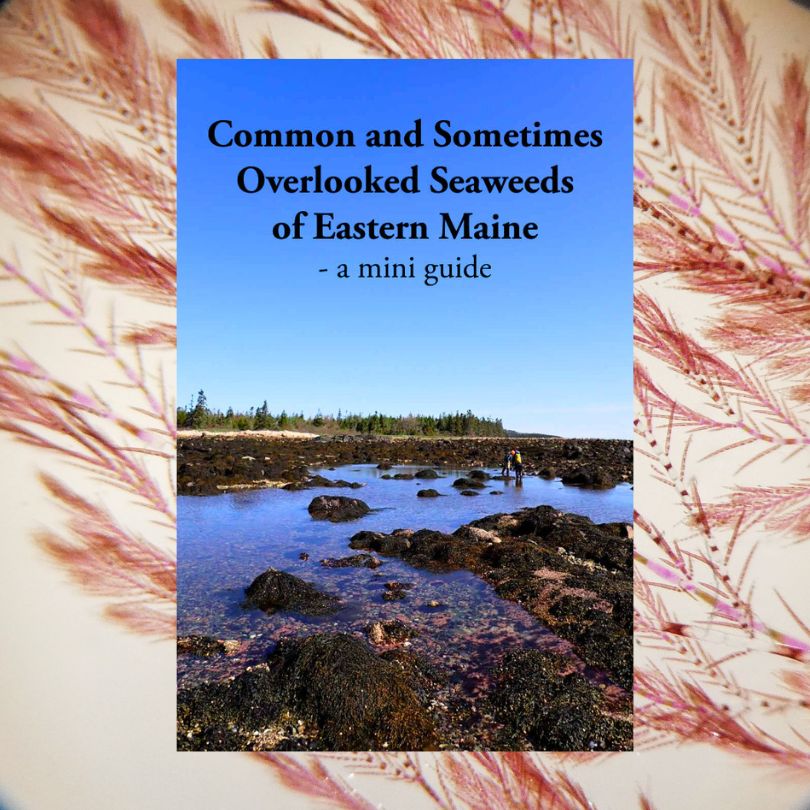
Free download of Seaweeds of Maine mini-guide
A proof of concept for the upcoming full guide.
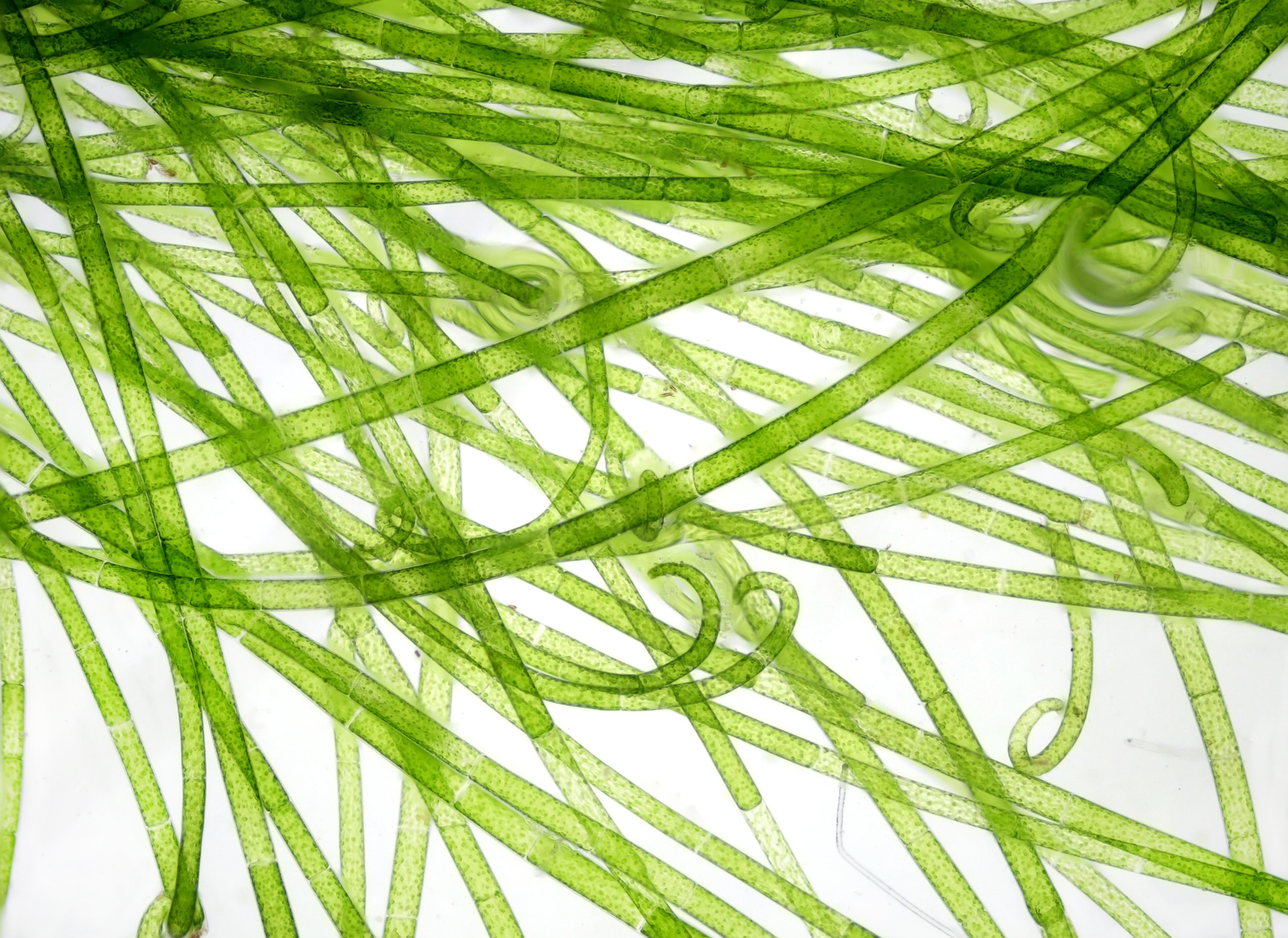
Seaweed Database
Database of seaweed references, vouchers, and observations in Maine.


